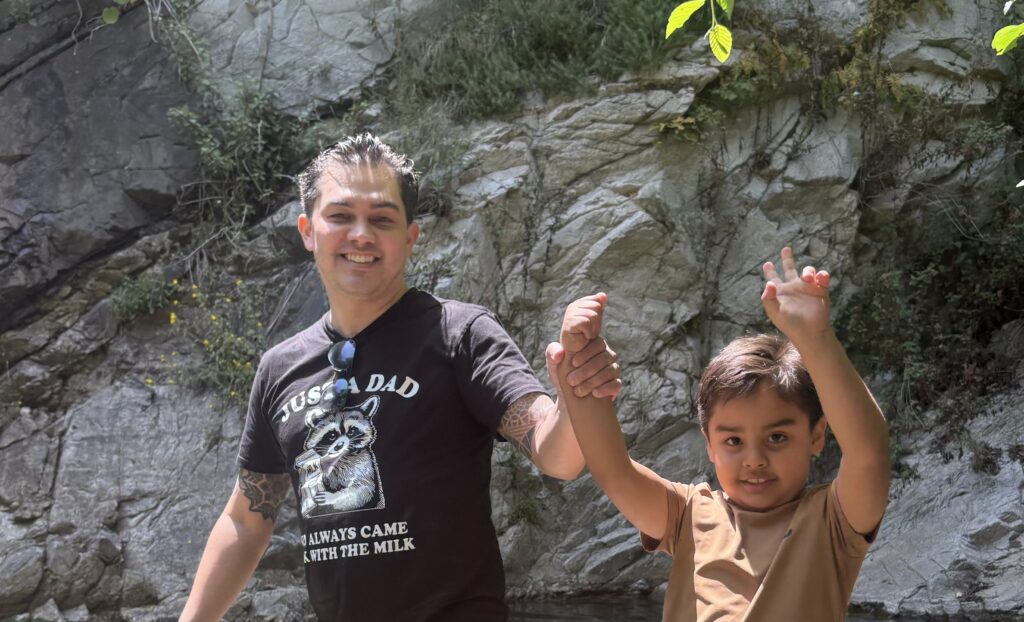How I’m Helping Foster a Process Improvement-Oriented Organization

Saunders West Production Manager Alain Harada is applying his Lean Six Sigma Black Belt and vast industry experience to improving processes that benefit customers, employees and Saunders as a whole.
Contributed by Alain Harada, Production Manager-Converting Solutions, Saunders, 22 Months
A Manufacturing Background
At the beginning of May, I became Production Manager at Saunders West. This opportunity has allowed me to apply my Lean Six Sigma Black Belt expertise to continuously improve and refine Saunders’ processes, reduce waste and uncover gaps to minimize downtime. Previously I was the Project Development Manager for all of Saunders.
Currently, my team doesn’t have a background in Lean Six Sigma, so I’m working to build their knowledge. I’m also helping key individuals to earn their Lean Six Sigma belts, which will support our system. The ultimate goal is to optimize all of Saunders’ production processes.
I’ve been in the manufacturing industry for over 15 years. My background is in aerospace sealants, carbon-carbon brakes—used in sports and race cars—and even heat shielding for rockets. I’ve worked in almost every department, from scheduling to purchasing, production, inspection and engineering. This broad experience allows me to contribute across our entire operation, from quoting and estimating to customer service.

Developing a Process Improvement Culture
Fostering new ways of improving a business doesn’t happen overnight—it’s a cultural shift. As someone new to the organization, I understand that if a relative outsider like me makes significant changes too quickly, it can lead to resistance and unintended consequences. That’s why I take the time to learn current processes. When changes are made, I want to understand their full impact. Process improvement requires a thoughtful, strategic approach.
At the same time, building relationships within the team is just as meaningful. I typically do that through one-on-one conversations. Change is easier when people see early wins—usually low-hanging fruit—and understand how those wins were achieved. It’s not just about making a change and hoping for the best, but about clearly explaining the benefits and how the process will be improved. Ultimately, it’s the team members who will drive change and continuous improvement, so their buy-in is critical.

Process Improvement in Action
Last month, for example, we rolled out a simple but high-impact process improvement aimed at cost control. Our focus was to proactively identify and prioritize the most valuable customer orders at the start of each month. The new process includes a second-level sign-off for these high-value jobs, adding a layer of oversight that helps mitigate risks—especially since issues with these orders could significantly impact site performance.
By elevating visibility early, we ensure that tooling and materials are aligned and on schedule. This proactive approach helps resolve potential issues before they escalate, ultimately improving our ability to deliver for the customer.
Growth That Benefits Everyone
Implementing efficient, customer-focused processes has clear benefits, which ripple through every level of our business.
For our customers, the value is simple: when we deliver solutions that consistently meet or exceed expectations, we earn their trust. That trust forms the foundation of long-term partnerships. When we prove we’re a reliable partner, customers return with more work—and often bigger, more complex projects.
That growth doesn’t stop at the customer relationship. It naturally drives company growth as well. As we take on more complex and valuable work, it creates a need for expanded operations. That might mean scaling up production, adding new shifts or expanding leadership capacity—all of which require more people in supervisory, management and technical roles.
This creates real opportunities for employees. Growth opens career paths for leads, supervisors and managers. And the best candidates usually come from within.

How It’s Going So Far
Time will tell how well the changes are received and what their long-term impact will be. Since officially taking over the Production team in early May, we’re still in the early stages of implementation. It’s too soon to point to hard metrics, but we’re laying a strong foundation.
That said, I’ve been genuinely impressed by the team’s openness. This has been one of the smoothest transitions I’ve experienced when introducing change. The team has been highly receptive—eager to engage with new ideas, try new approaches and explore different ways of working. That level of support gives me confidence in what we’ll be able to accomplish together.
Life Outside of Work
I joined Saunders in part to achieve a better work-life balance. When I’m not at work, I usually spend time with my wife, Wendy, and our seven-year-old son, Anthony. We love staying active—swimming, practicing jiu-jitsu and hiking.
Lately, we’ve been exploring waterfall trails. My son loves cold water and gets excited every time we find a new waterfall. Over Memorial Day weekend, we hiked to the 50-foot Sturtevant Falls in Arcadia, California. Before that, we visited the 40-foot Eaton Canyon Falls in the San Gabriel Mountains near Pasadena.
The Path Forward
It’s still early in my journey at Saunders, but the team’s interest and commitment give me confidence that we’re on the right path. With a strong foundation, a shared vision and a continuous improvement mindset, I’m excited to see what we can build together.